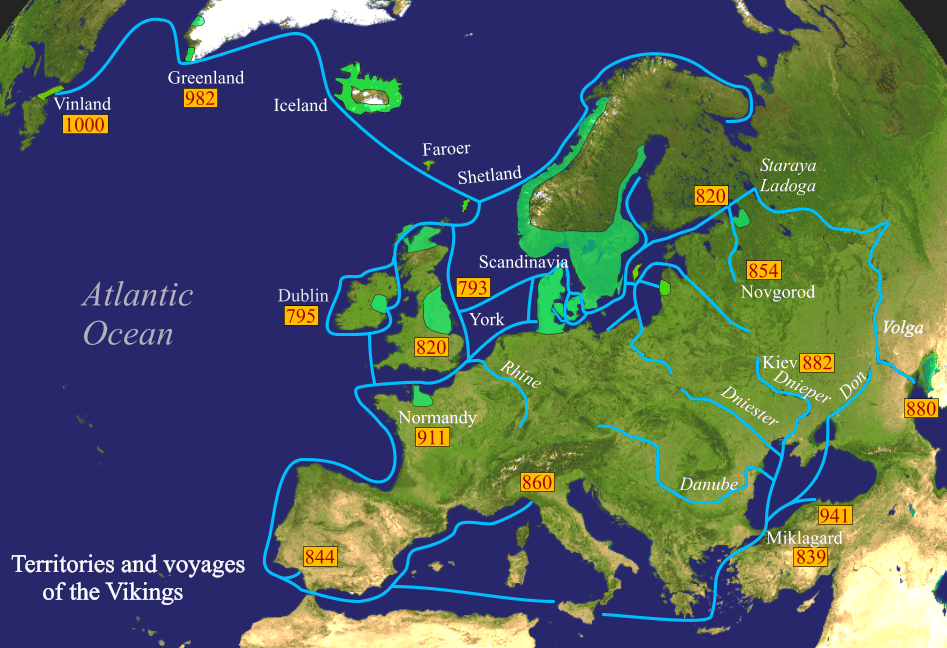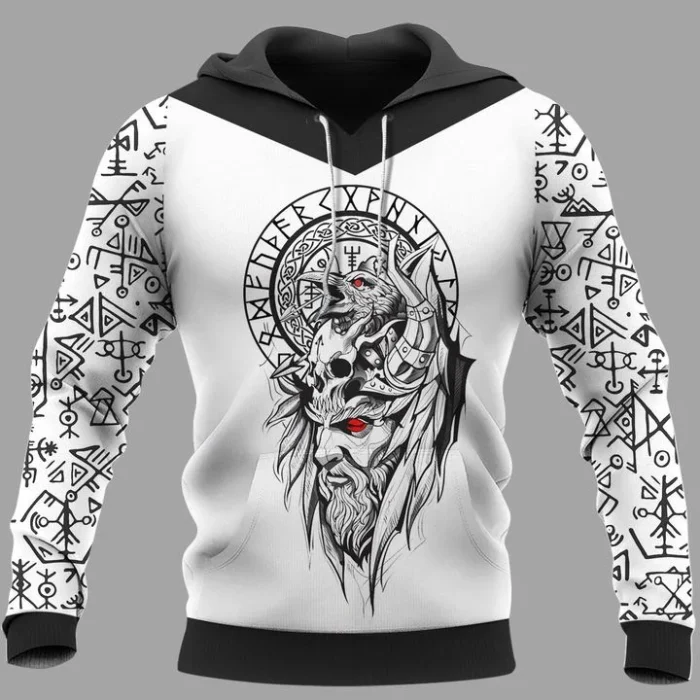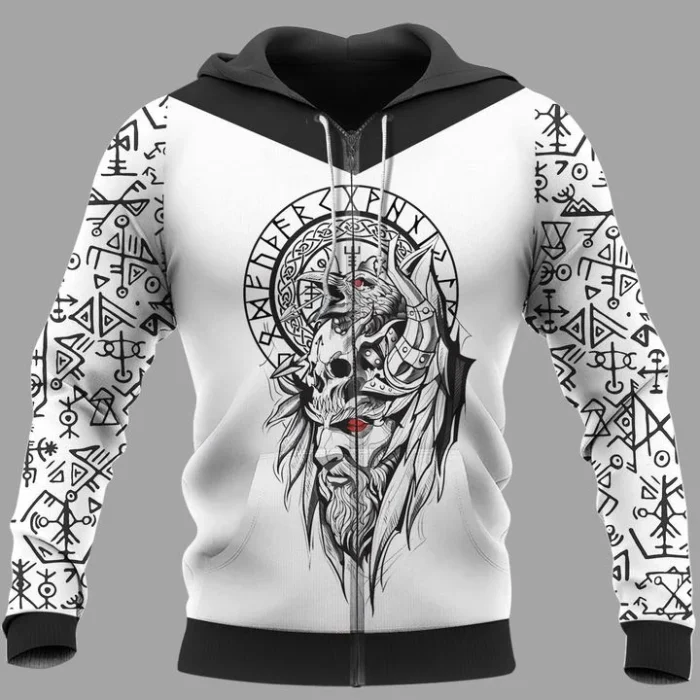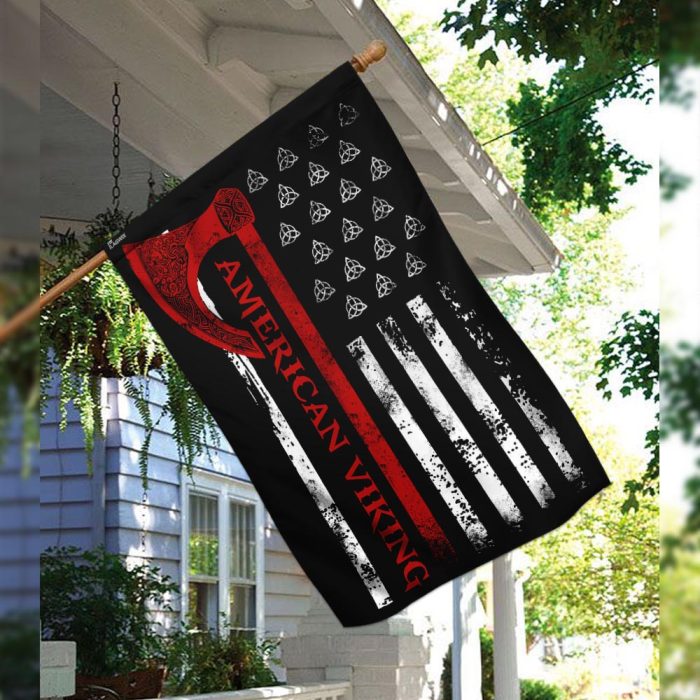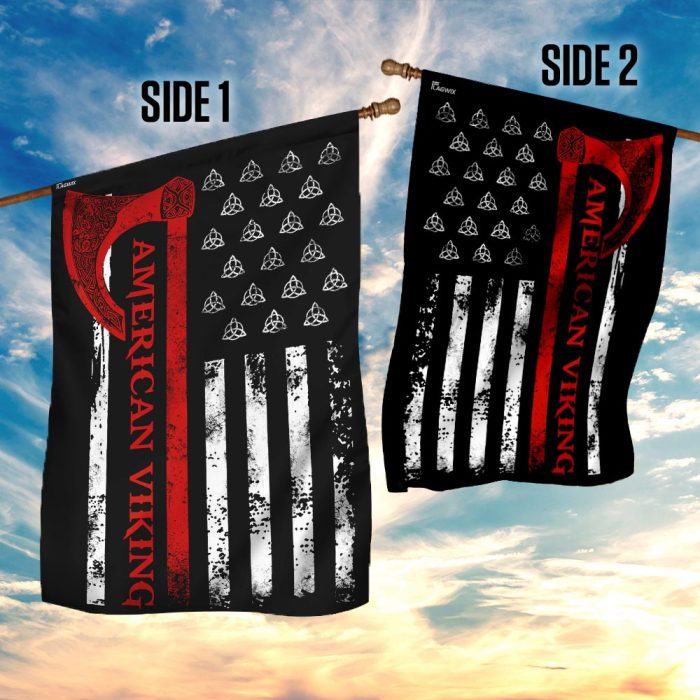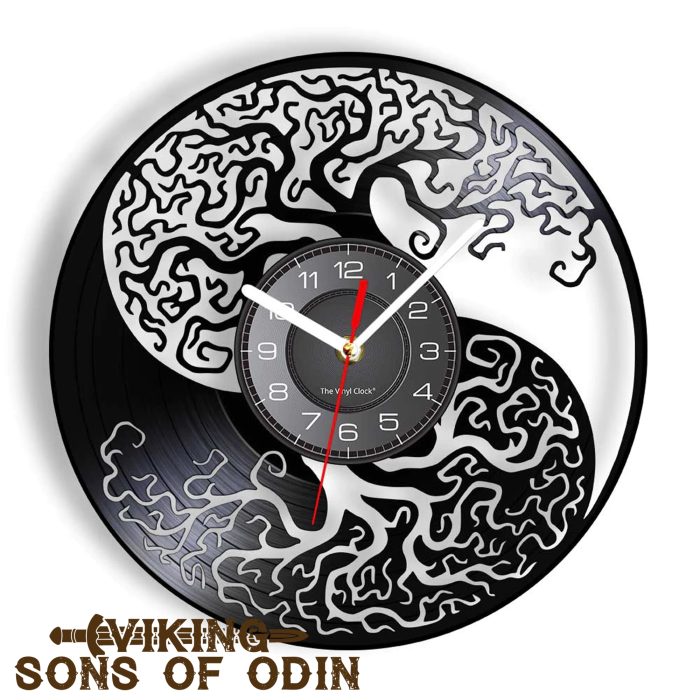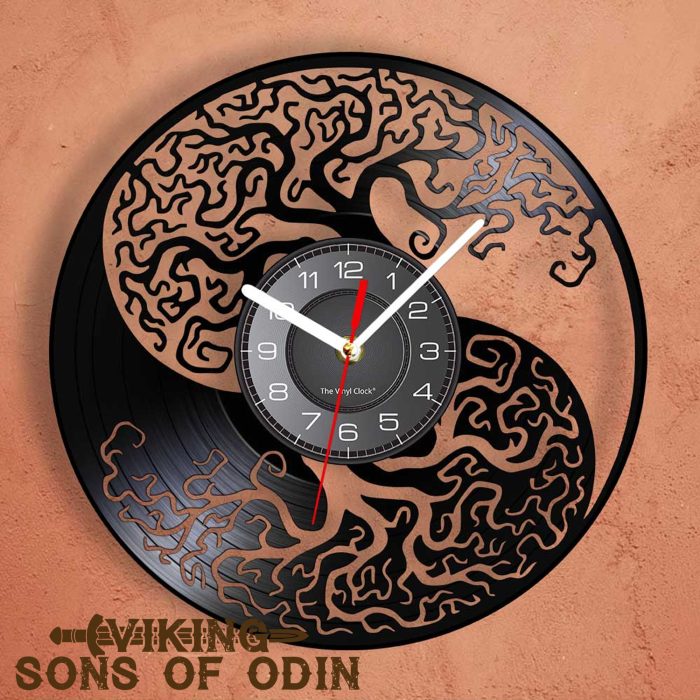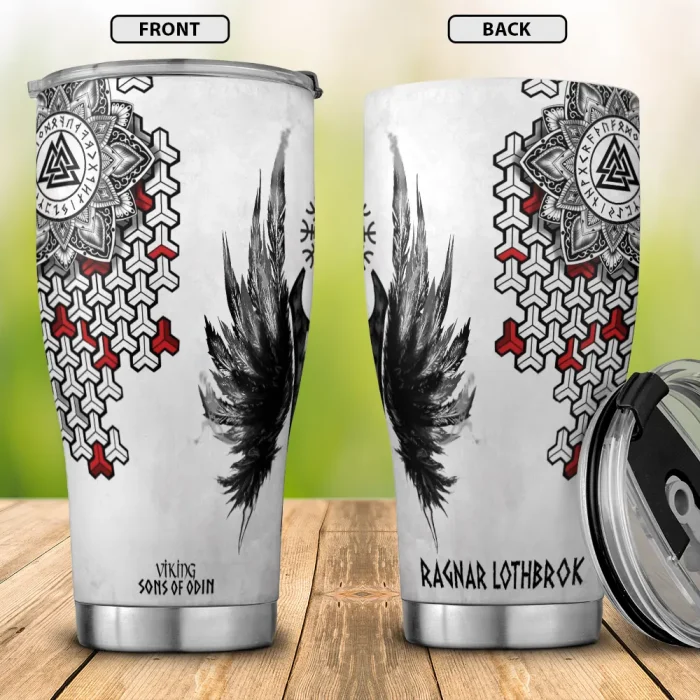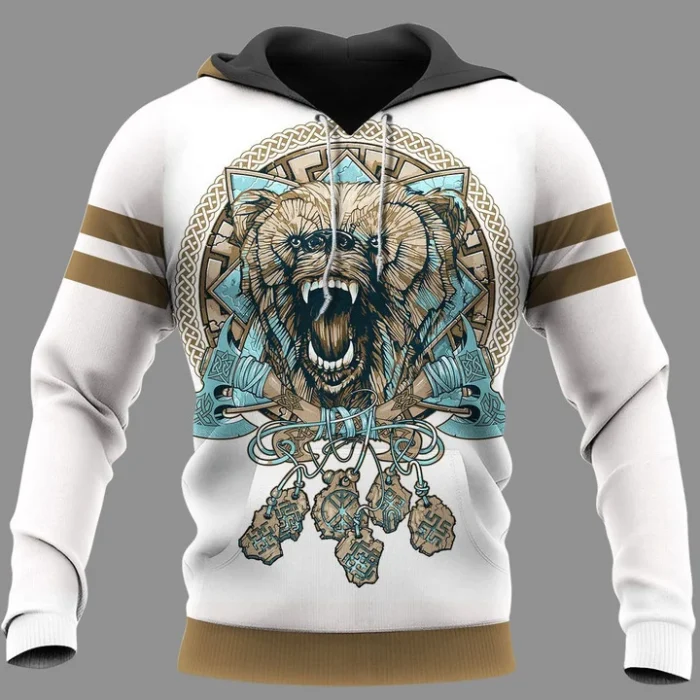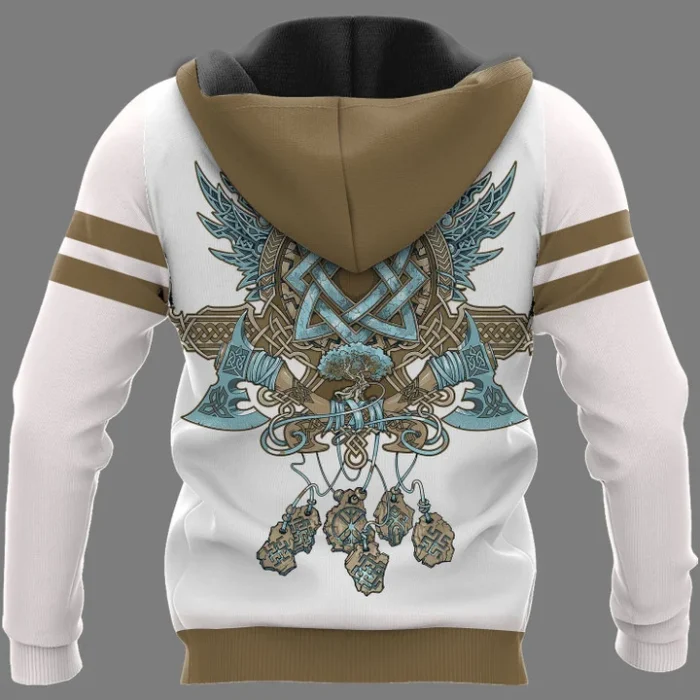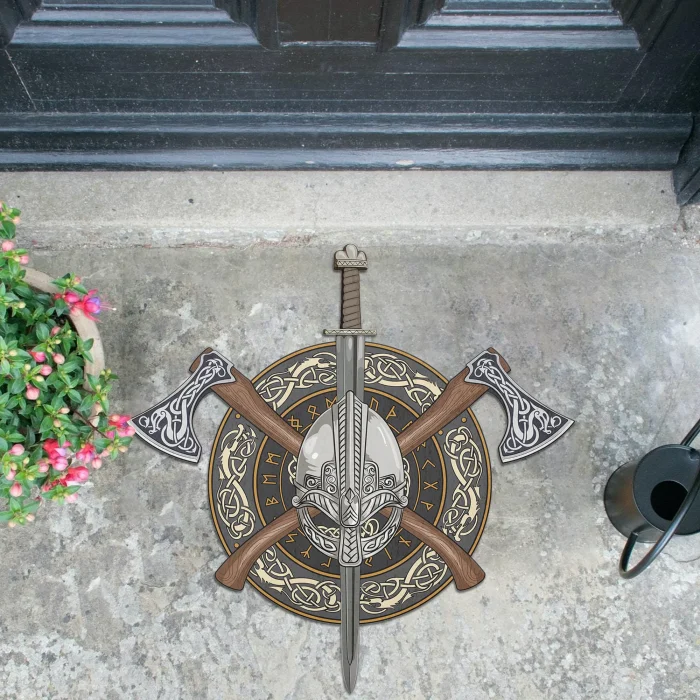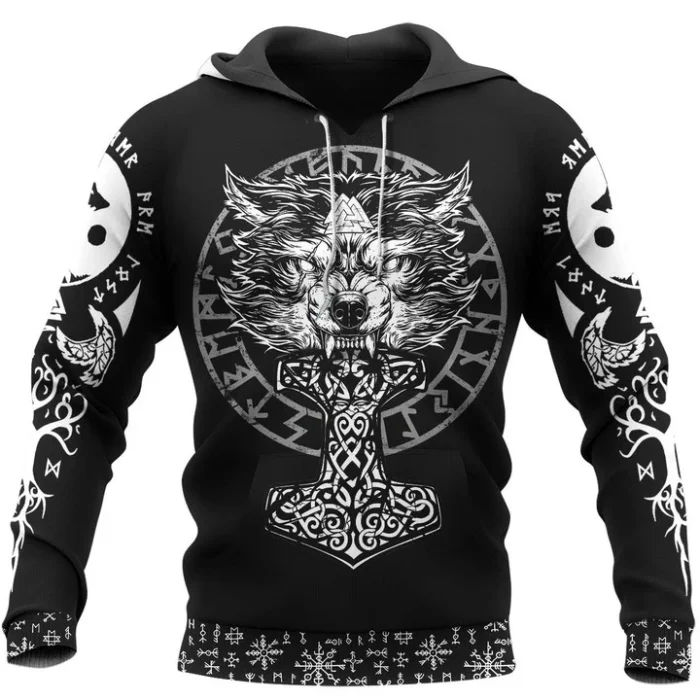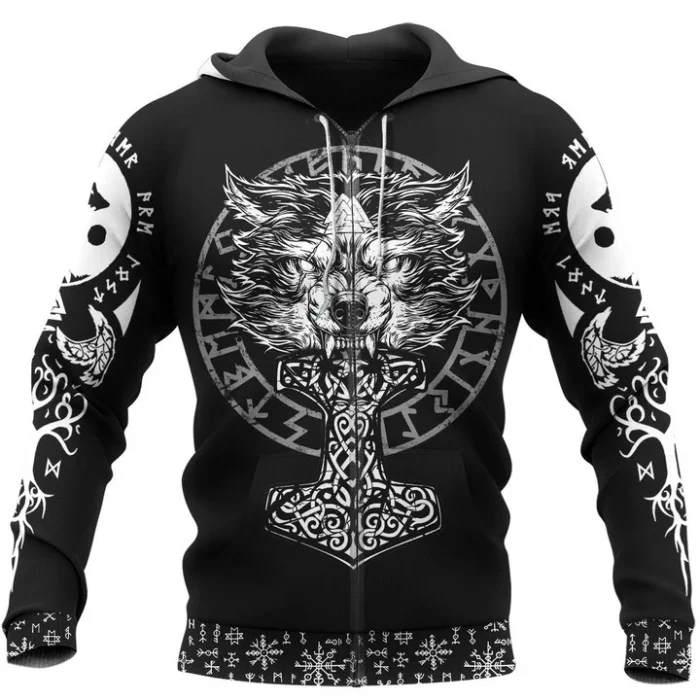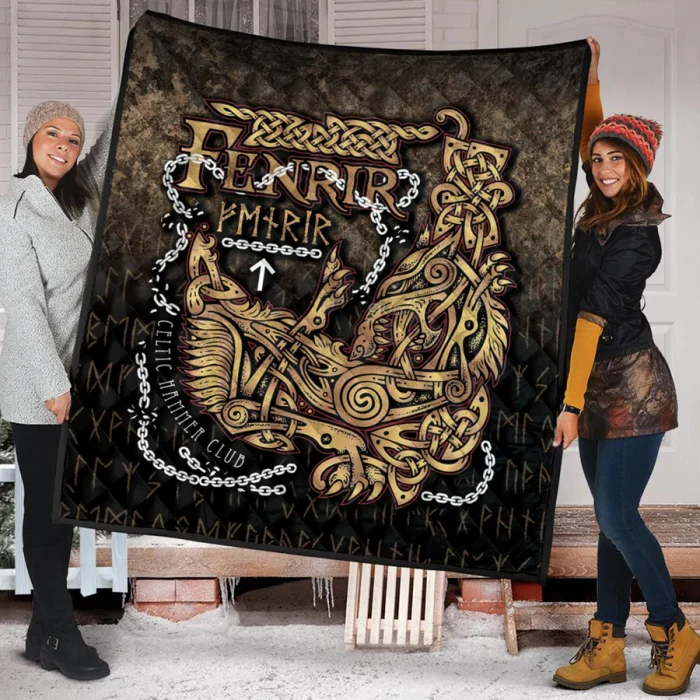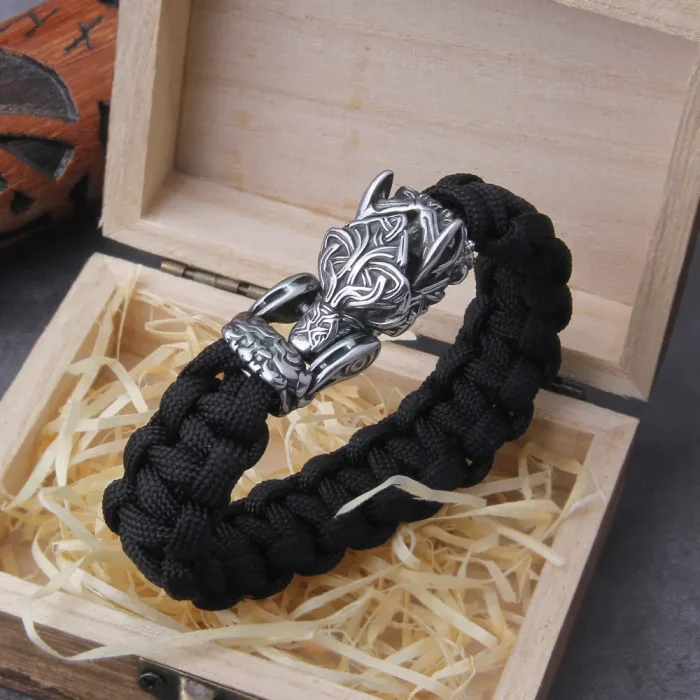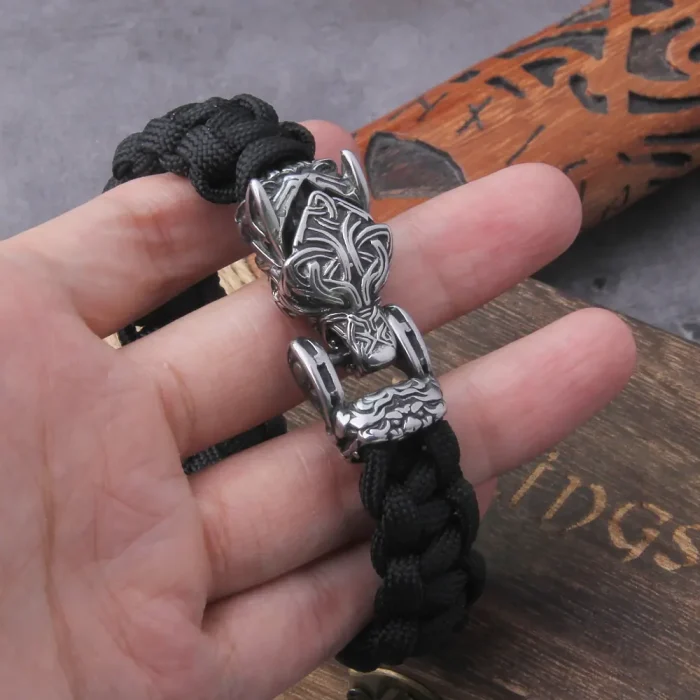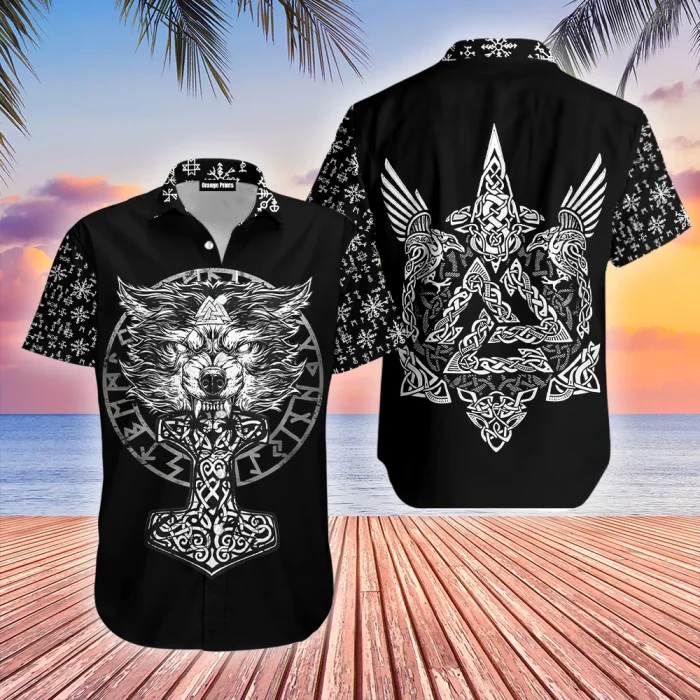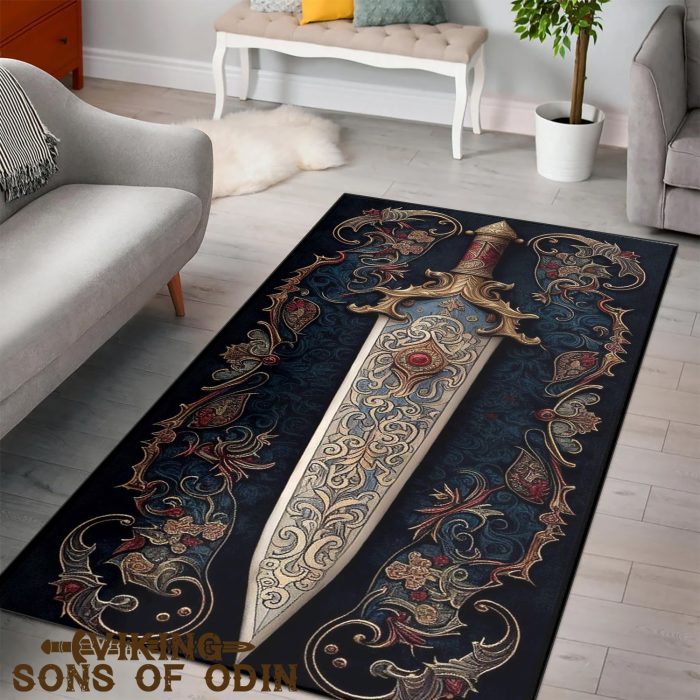Viking
A Timeline of Scandinavian History Centering Upon the Viking Age
A Timeline of Scandinavian History
Centering Upon the Viking Age
Prehistoric Period 4000 B.C. to 100 B.C.
| Date | Event |
| 4000 B.C. |
Indo-European migrations begin starting in the regions around the Caspian Sea or Southern Steppes of Russia |
| 1500 B.C. |
BRONZE AGE begins in Scandinavia. |
| 1000 B.C. |
Proto-Germanic peoples settle in the general area of modern Scandinavia and begin to develop a linguistic/cultural/religious complex separate from that of the general Indo-European stock. |
| 500 B.C. |
IRON AGE begins in Scandinavia. |
| ca. 500 – 200 B.C. |
Celtic rule throughout most of Continental Europe. |
| ca. 200 B.C. |
East Germanic peoples (Goths, Burgundians others) migrate from Scandinavia to Eastern Europe, settling the Steppes and Black Sea area. West Germanic peoples migrate south into the area of modern Germany, displacing the Celts who had previously ruled this region. The Proto-Germanic language is dividing into North Germanic (i.e., Old Norse which eventually becomes Danish, Swedish, Norwegian, Icelandic, Faroese and others), West Germanic (i.e. Continental Germanic and Anglo-Saxon, which eventually become German, English, Yiddish and Dutch), and East Germanic (becomes Gothic, with no surviving modern language). |
| ca. 250 – 100 B.C. |
Development of the runes. |
Roman Period
| Date | Event |
| ca. 150 – 100 B.C. |
The Germans meet the Romans – hate at first sight. |
| 100 B.C. – 500 A.D. |
The practice of sacrificing/executing people in bogs is carried out regularly in Scandinavia, especially Denmark. |
| 9 A.D. |
Hermann (Arminius) defeats the Romans at the battle of the Teutoberger Wald. |
| ca. 50 A.D. |
The first surviving artifact with runes on it, the Meldorf Brooch, is made in Denmark. |
| 98 A.D. |
Tacitus writes the Germania, the earliest account of the culture of the Germanic peoples. |
Migration Age (The “Heroic Age”) ca. 300 – 700 A.D.
| Date | Event |
| ca. 325 – 400 A.D. |
The Goths are converted to Arian Christianity. Ulfias writes his translation of the New Testament, the only surviving work of written Gothic. |
| 378 A.D. |
The Goths defeat the Romans in the East at the Battle of Adrianople. |
| 406 – 407 A.D. |
A coalition of Germanic tribes cross the Rhine into Roman territories and take land for settlement. |
| 410 A.D. |
Alaric, king of the Visigoths, conquers Rome. |
| 436 A.D. |
The Huns, encouraged by the Roman Emperor Aetius, overrun the East Germanic kingdom of the Burgundians on the Rhine, killing King Gundahari (the historical antecedent for Gunther/Gunnar of the Nibelungenlied / Volsunga saga). |
| 449 A.D. |
Hengest and Horsa begin the Anglo-Saxon conquest of Britain. |
| ca. 450 A.D. |
The West Germanic tribes living around the North Sea (Angles, Saxons, and Frisians) begin to add runes to the Elder Futhark to deal with sound changes in their dialects, creating the Anglo-Frisian Futhork. |
| 493 – 526 A.D. |
King Theodoric the Great, later a prominent hero in Germanic tales, rules in Rome until his death. |
| ca. 500 – 530 A.D. |
Lives of the historical antecedents of Beowulf, Hrothgar, Hrolf Kraki. |
| ca. 639 A.D. |
Date of the Sutton-Hoo ship-burial, a rich Germanic grave containing artifacts of Swedish manufacture. |
| 659 A.D. |
Penda, last heathen king of England, dies in battle. |
| 696 A.D. |
Radbod, King of the Frisians, rejects attempts to convert him to Christianity. |
| ca. 700 A.D. |
Primitive Norse (or Runic Norse) gives way to Old Norse. |
| ca. 737 – 1160 A.D. |
Building of the Danevirke. |
| 772 A.D. |
Charlemagne begins his war of extermination against the heathen Saxons, destroying the Irminsul. |
Viking Age ca. 793 – 1066 A.D.
| Date | Event |
| 793 A.D. |
Norse sea-raiders sack the Anglo-Celtic monastary at Lindisfarne. |
| ca. 795 A.D. |
Norse raids on Ireland begin. |
| ca. 800 A.D. |
The Elder Futhark is replaced by the Younger or Sixteen-Rune Futhark. |
| ca. 800 – 810 A.D. |
Reign of King Godfrid of Denmark. |
| 810 A.D. |
Death of Charlemagne. |
| ca. 810 – 827 A.D. |
Reign of King Harald Klak of Denmark. |
| ca. 827 – 853 A.D. |
Reign of King Horik Godfredsson of Denmark. |
| ca. 835 A.D. |
Danish raiders ally with the Cornish against the rule of King Ecgbehrt of Wessex. |
| ca. 840 – 870 A.D. |
Reign of King Halfdan the Black of Norway. |
| ca. 844 – 845 A.D. |
Norse raids on Moorish Spain begin. |
| ca. 845 A.D. |
Al-Ghazal’s embassy to Turgeis, King of the Vikings in Ireland. |
| ca. 851 A.D. |
First Norse raid on Wales recorded in the Welsh chronicles Annales Cambriae, Brut y Tywysogion and Brut y Saeson stating that a certain Cyngen or Cinnen died on the swords of “the Heathen”. |
| ca. 852 A.D. |
The Swedish Rus become dominant among the Volga. |
| ca. 853 – 873 A.D. |
Reign of King Rorik of Denmark. |
| ca. 860 A.D. |
The Norse discovery of Iceland. |
| ca. 860’s A.D. |
Ragnar Loddbrok killed at York. The Rus found Novgorod and Kiev. |
| 870 A.D. |
The Settlement of Iceland begins. |
| ca. 870 – 945 A.D. |
Reign of King Harald Harfagra of Norway. |
| ca. 873 – 891 A.D. |
Kings Sigfred and Halfdan are co-rulers of Denmark. |
| 878 A.D. |
Alfred the Great defeats Guthrum/Guthorm and forces the Viking forces to accept Christianity in return for English for settlement. Harald Harfagra completes his conquest and unification of Norway and the Orkney Islands, many Norwegians flee to Iceland. |
| ca. 890’s A.D. |
Reign of King Helgi of Denmark, followed by Swedish rule of Denmark under King Olaf the Swede. |
| ca. 910 – 990 A.D. |
Life of poet/warrior Egill Skallagrimsson. |
| 912 A.D. |
Gongu-Hrolf and his men take lands in Normandy as vassals of the French king. Their descendants become the Normans. |
| ca. 920 A.D. |
Ulfljotr the Norwegian brings the Gulathing Law to Iceland, where it is used as a model upon which Icelandic Law is based. |
| ca. 922 A.D. |
Ibn-Fadlan, an Arab ambassador to the Scandinavian Rus along the Volga, writes his account of their customs, including a full description of a ship/cremation funeral. |
| 930 A.D. |
First Althing held at Thingvellir in Iceland, establishment of the Icelandic Free State. |
| ca. 930 – 1011 A.D. |
Life of Njal of Berthorsknoll. |
| ca. 935 – 950 A.D. |
Reign of King Gorm the Old of Denmark. |
| 946 A.D. |
Reign of King Hakon the Good of Norway. |
| 947 A.D. |
Start of reign of King Olafr Tryggvasson of Norway, Norway adopts Christianity. |
| 950 – 983 A.D. |
Reign of King Haraldr Bluetooth of Denmark, Denmark adopts Christianity. |
| 982 A.D. |
Eirikr inn Rauda (Eric the Red) discovers Greenland. |
| 983 A.D. |
Start of reign of King Svein Forkbeard of Denmark. |
| ca. 986 A.D. |
Settlement of Greenland. |
| 1000 A.D. |
Iceland officially converts to Christianity, although heathen practice is still permitted in private. Olafr Tryggvasson dies. |
| ca. 1000 – 1005 A.D. |
Leifr Eiriksson makes his voyages to Vinland (America), attempts made to settle there are prevented by opposition from skraelings (Native Americans). |
| 1014 A.D. |
Ard-Righ Brian Boru defeats the Norse in Ireland at the battle of Clontarf, both Brian and Jarl Sigurdhr of Orkney are slain. |
| 1030 A.D. |
King Olaf the Saint is killed at Stiklestad. |
| 1066 A.D. |
Haraldr Hardrada, king of Norway, is killed during an attempted invasion of England fighting against Harold Godwinsson, the English king. Harold Godwinsson is killed at Hastings by the forces of Duke William (the Bastard) of Normandy. The Norman Conquest takes place. The practice of “going viking” ends. |
Post-Heathen Period
| Date | Event |
| ca. 1075 A.D. |
Adam of Bremen writes Gesta Hammaburgensis ecclesiae pontificum. |
| ca. 1117 – 1118 A.D |
Grágás, the Icelandic law code, first written down. |
| ca. 1122 A.D. |
Ari Thorgilsson writes Islendingabok. |
| ca. 1175 A.D. |
The first written version of the Nibelungenlied is created in Germany. |
| ca. 1180 A.D. |
Theodoricus Monachus writes Historia de antiquitate regum Norwagiensium. |
| ca. 1185 – 1223 A.D. |
Saxo Grammaticus writes Gesta Danorum. |
| ca. 1200 A.D. |
Ibn-Dihya writes his account of Al-Ghazal’s embassy to the king of the Vikings in Ireland. |
| ca. 1200 – 1450 A.D. | The Icelandic sagas are written. |
| ca. 1200 A.D. |
Orkneyinga saga written by an unknown Icelandic author. |
| ca. 1220 A.D. |
Snorri Sturluson writes the Prose Edda. |
| ca. 1225 A.D. |
Snorri Sturluson writes Heimskringla. |
| 1226 A.D. |
Tristams saga produced by translating the Tristan of Thomas of Brittany per the request of King Hakon Hakonarsson. |
| ca. 1230 A.D. |
Egils saga Skallagrimssonar written, probably by Snorri Sturluson (note that this is 240 years after the death of Egill). |
| ca. 1245 A.D. |
Laxdaela saga written by an unknown author. |
| ca. 1280 A.D. |
Brenu-Njals saga written by an unknown author (Note that this was written 269 years after the death of Njal). |
| ca. 1250 – 1300 A.D. |
Most of the poems of the Poetic Edda, which had previously been circulating orally since the Migration Age or before, are collected and written down in the Codex Regius, the oldest surviving manuscript containing the Eddic poems. |
| ca. 1300 A.D. |
Sturlunga saga, a collection of historical sagas written by various Icelanders during the 1200’s, is compiled. |

